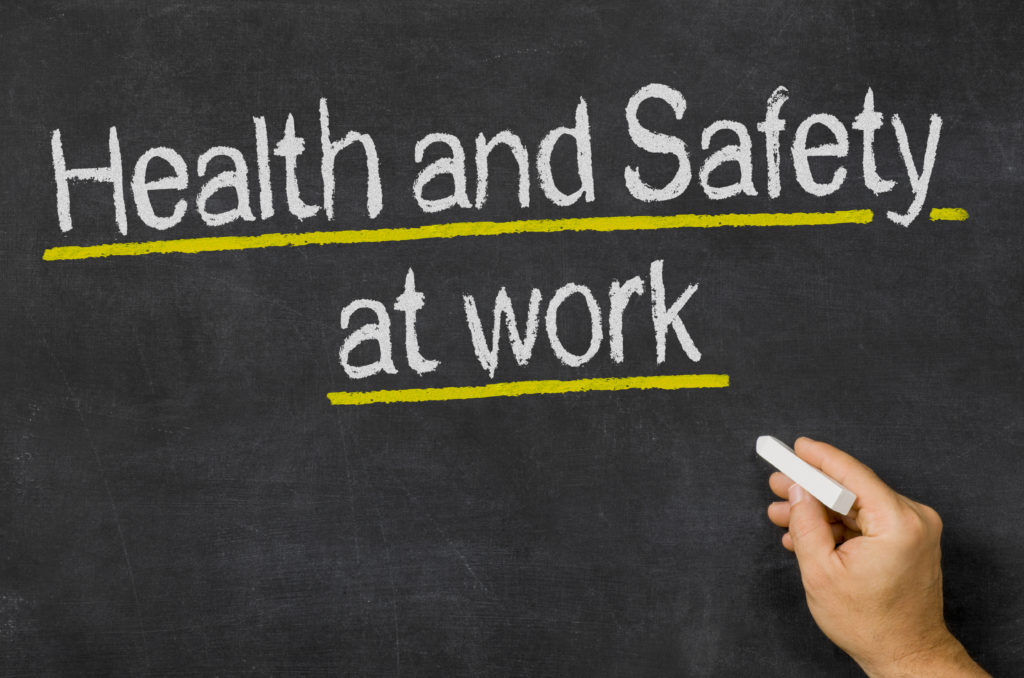Choosing the Right Skip Bin
Making the right decisions is essential before you even start using a skip bin. Begin by selecting the appropriate size of the skip bin. Going for a size that’s too small can result in overflowing waste, while a bin that’s too large might be unnecessarily expensive. Also, check if you need permits to place the skip bin on public property or a road.
Preparation of the Site
The location where you place the skip bin matters more than you might think. Clear the area around the bin to prevent obstacles that impede safe usage. Placing the bin on a level surface further ensures stability and prevents tipping over, especially when heavy materials are being disposed of.
Loading the Skip Bin Safely
When loading the skip bin, distribute the weight evenly to maintain balance. Placing heavier items at the bottom and lighter ones on top reduces the risk of the bin becoming unstable. Avoid overfilling the skip bin, which can create hazards during transportation and unloading.
Hazardous Materials
Understanding what can and cannot be placed in a skip bin is important. Identify prohibited items, such as hazardous chemicals, asbestos, and flammable materials. These items require specialized disposal methods to prevent environmental harm and waste management personnel.
Covering the Skip Bin
Covering the skip bin serves multiple purposes. It prevents unauthorized access, which can lead to safety issues and unauthorized dumping. Moreover, it keeps debris from blowing out of the bin, maintaining the cleanliness of the surrounding area.
Regular Monitoring
While the skip bin is in use, perform regular checks for any signs of damage or wear. This includes inspecting the structural integrity of the bin and its lid. Address any issues promptly to avoid accidents and maintain a safe environment.
Weather Considerations
Weather conditions can impact the safety of skip bin usage. In windy conditions, secure the bin to prevent it from tipping over. Before heavy rainfall, consider emptying the bin to prevent water accumulation and potential hazards.
Children and Pet Safety
Skip bins can be tempting playgrounds for children and pets but pose significant dangers. Ensure the skip bin is inaccessible to them to prevent accidents. Educate your family members about the potential risks and the importance of avoiding the bin.
Worksite Safety
For construction sites and workplaces, safety guidelines are paramount. Provide proper training to workers regarding skip bin usage, emphasizing proper loading techniques and safety precautions. This reduces the likelihood of accidents and injuries.
Traffic and Visibility
Placing warning signs around the skip bin is crucial, especially near a road or a high-traffic area. This alerts drivers and pedestrians to exercise caution. Ensure the skip bin’s placement doesn’t obstruct traffic or compromise visibility.
Emergency Preparedness
Accidents can happen unexpectedly. Keep a fire extinguisher within reach in case of fires, and have contact information for waste management services readily available. Being prepared ensures swift action in case of emergencies.
Proper Removal of the Skip Bin
When it’s time to have the skip bin collected, make sure to follow the guidelines provided by your waste management service. Clear the area around the bin so the collection process is smooth. Leaving the space clean and debris-free is a courteous and safety-conscious practice.
Environmental Responsibility
While safety is a priority, environmental responsibility is equally important. opt for recycling and reusing materials whenever possible instead of sending everything to the landfill. Minimizing waste and its impact on the environment benefits everyone.
FAQs
Can I dispose of hazardous materials in a skip bin?
It’s essential to avoid hazardous materials like chemicals, asbestos, and flammable items in skip bins. These require proper disposal methods due to their potential environmental harm and safety risks.
Why should I distribute weight evenly in the skip bin?
Distributing weight evenly prevents the skip bin from becoming unstable or tipping over. This practice ensures safer loading, transportation, and unloading.
What should I do if I notice damage to the skip bin?
If you observe any damage or wear on the skip bin, address it promptly. Repair or replace damaged parts to prevent accidents and maintain safety.
Can skip bins be used on public property or roads?
You might need permits to place skip bins on public property or roads depending on your location. Check with local authorities to ensure compliance.
How can I secure a skip bin in windy conditions?
Secure a skip bin with ropes or straps to prevent it from tipping over in windy conditions. Additionally, consider using sandbags to add weight and stability.

